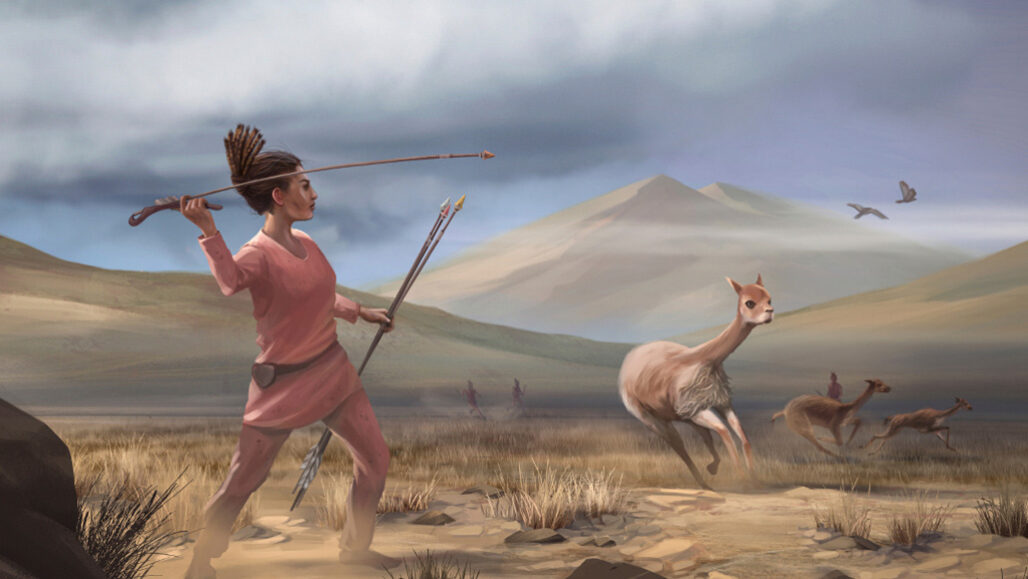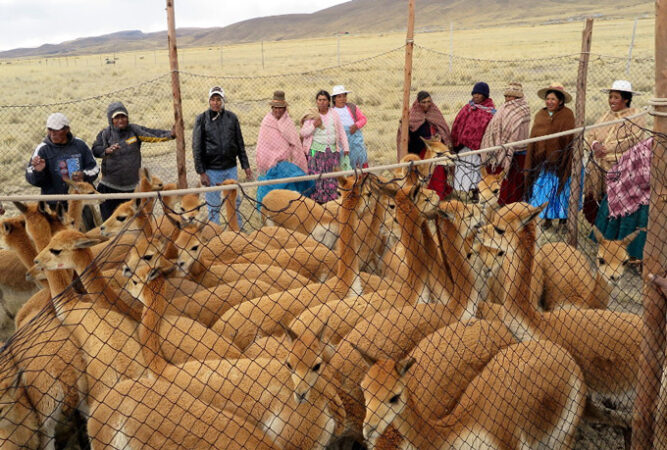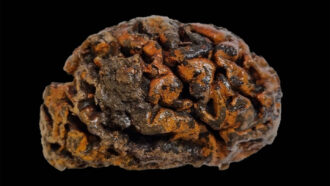average: (in science) A term for the arithmetic mean, which is the sum of a group of numbers that is then divided by the size of the group.
census: An official count or survey of a population.
hunter-gatherer: A cultural group that feeds itself through hunting, fishing and gathering wild produce (such as nuts, seeds, fruits, leaves, roots and other edible plant parts). They can be somewhat nomadic and do not rely on agriculture for their foods.
pigment: A material, like the natural colorings in skin, that alter the light reflected off of an object or transmitted through it. The overall color of a pigment typically depends on which wavelengths of visible light it absorbs and which ones it reflects. For example, a red pigment tends to reflect red wavelengths of light very well and typically absorbs other colors. Pigment also is the term for chemicals that manufacturers use to tint paint.
outliers: Events or cases that fall outside some normal range. That makes them unusual and may make them seem unlikely or suspicious.
prey: (n.) Animal species eaten by others. (v.) To attack and eat another species.









